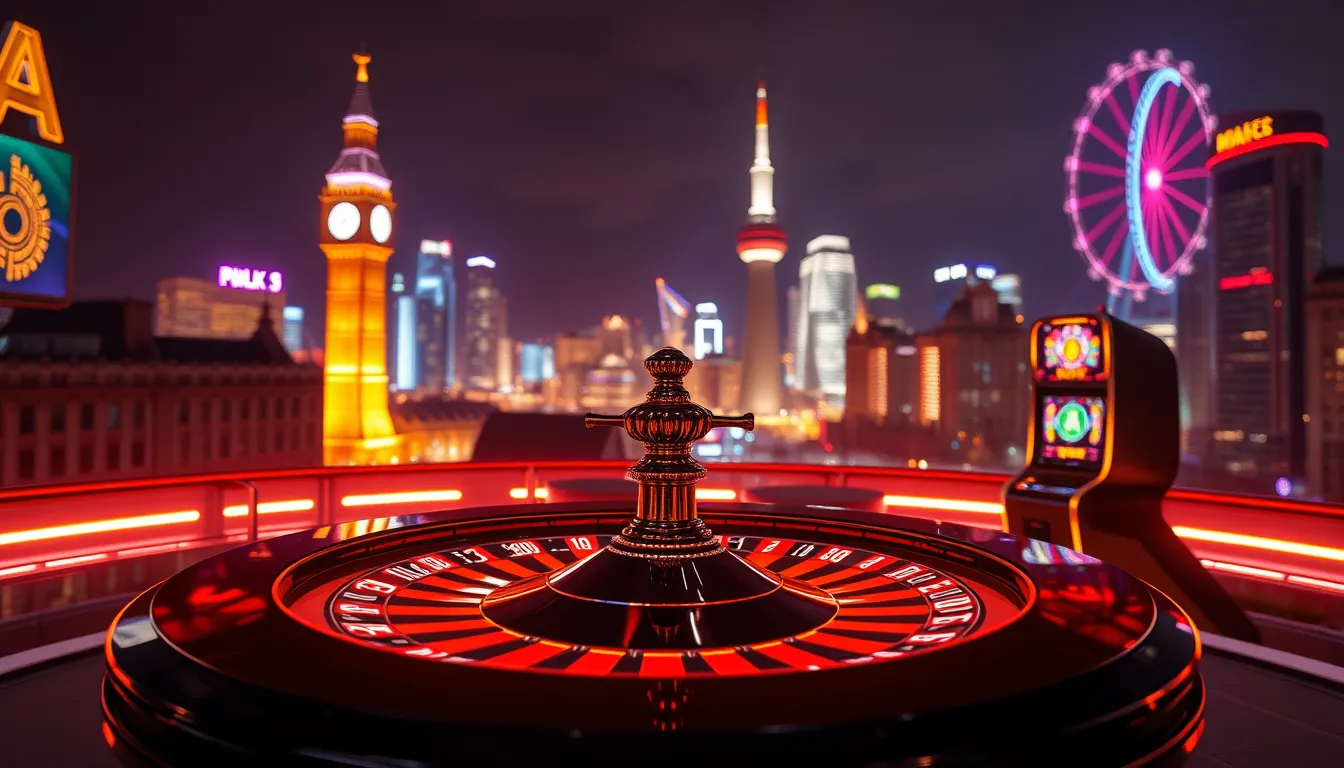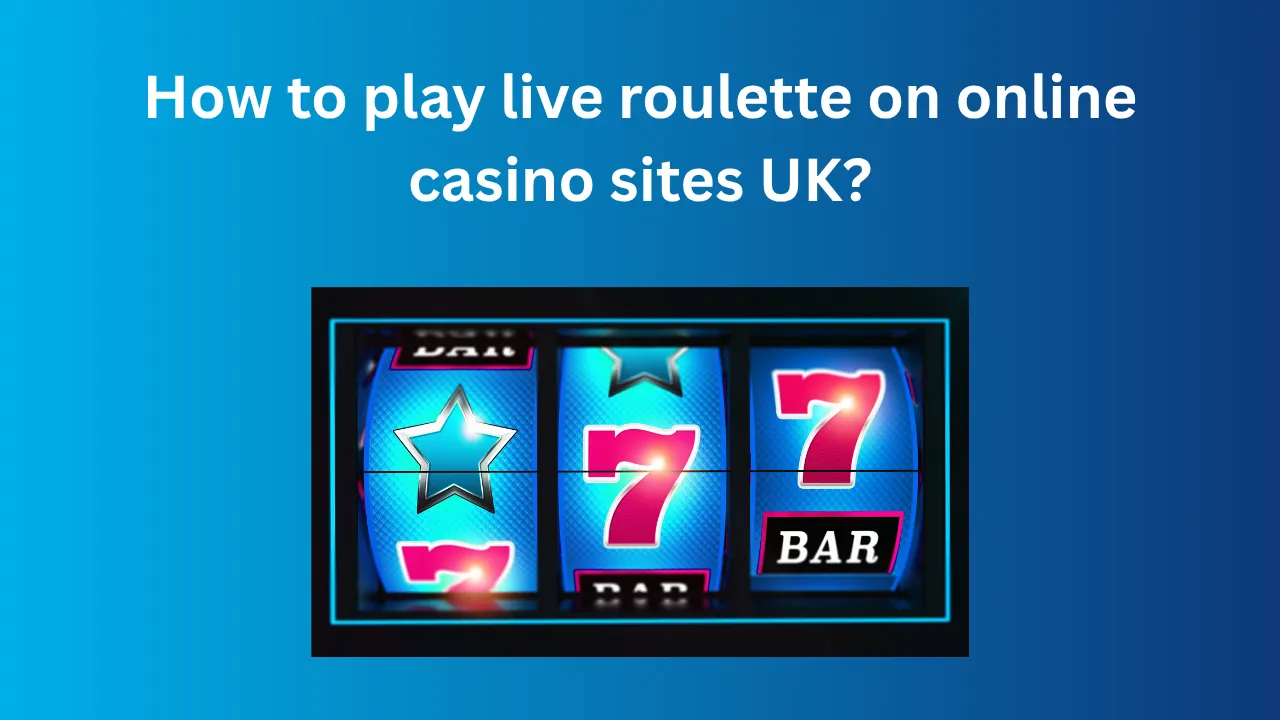Casino tourism has always been about more than just gambling. For many travelers, visiting destinations like Las Vegas, Macau, or Monte Carlo means indulging in luxury hotels, glamorous shows, and bustling gaming floors that pulse with energy. But with rapid advances in technology, a new question arises: could virtual reality (VR) ever replace the experience of traditional casino tourism?
VR casinos are no longer futuristic concepts. They’re already here, offering immersive 3D environments where players can walk through digital casino floors, sit at tables, and interact with dealers and other players using headsets. The idea sounds exciting, but is it enough to substitute for the sensory, cultural, and social experience of real-world casino destinations?
The Rise of Virtual Reality in Gambling
Virtual reality is one of the most ambitious innovations to hit the gambling industry in recent years. Unlike standard online casinos, which replicate games on a screen, VR casinos attempt to recreate the atmosphere of a real-world venue. You don’t just click to play blackjack—you place chips on a digital felt table, hear background chatter, and glance around at virtual slot machines lining the walls.
Some VR platforms even allow player avatars to interact socially, restoring the sense of camaraderie that online casinos often lack. These details create a level of immersion far beyond what mobile or desktop gambling currently offers. For tech-savvy players, it’s a glimpse into the future of entertainment.
This new layer of realism also appeals to audiences seeking variety. Just as UK betting sites not on gamstop offer alternatives for players who want different rules or restrictions, VR casinos appeal to those who want something more engaging than standard online play. It’s about expanding choices while retaining the thrill of chance.
The Appeal of Traditional Casino Tourism
While VR has the potential to transform online gambling, it’s important not to overlook the unique appeal of traditional casino tourism. For many, visiting a casino destination is about the full package: the travel, the luxury, the social atmosphere, and the cultural experience of being in a world-famous city.
Walking into a real casino is a multi-sensory event. The sound of chips clinking, the cheers from a winning roulette table, the smell of fine dining nearby, and the sheer energy of the crowd can’t be replicated by pixels and headsets. Even the anticipation of walking through the lobby of a famous casino resort is part of the excitement.
Casino tourism also brings with it the tangible rewards of travel—sightseeing, dining, nightlife, and cultural exploration—which VR alone cannot provide.
Can VR Capture the Human Element?
One of the biggest challenges for VR casinos is capturing the human element. Technology can simulate visuals and sounds, but it struggles to replicate real emotional exchanges. A smile from a dealer, the camaraderie of strangers bonding over a game, or the palpable tension when someone goes all-in during poker—these are subtle human moments that elevate gambling beyond the game itself.
VR avatars and voice chat create a sense of interaction, but they often lack the nuance and warmth of real-life exchanges. Until VR technology advances enough to mimic these experiences convincingly, traditional casinos will maintain an edge.
Economic Impacts and Accessibility
Another angle to consider is the economic impact. Traditional casino tourism is a massive driver of revenue for cities like Las Vegas and Macau, not only through gambling but also through hotels, restaurants, shows, and shopping. Entire economies rely on these industries, making it unlikely that physical casinos will ever be completely replaced.
That said, VR casinos may democratize access to the experience. Not everyone can afford or is able to travel to famous casino hubs, but VR can bring the excitement of a casino floor into homes worldwide. For players who live far from major gambling destinations, this accessibility is a game-changer.
The Future: Coexistence, Not Replacement
Rather than asking whether VR will replace traditional casino tourism, it may be more accurate to see them as complementary. VR casinos can expand the industry by offering new experiences, drawing in younger and more tech-oriented players, and providing access to those who cannot travel.
Meanwhile, physical casinos will continue to thrive as destinations that combine gambling with luxury, culture, and entertainment. Just as online poker didn’t kill live poker but instead helped it grow, VR is likely to enhance, not erase, traditional casino tourism.
Final Thoughts
Virtual reality brings undeniable excitement and potential to the world of gambling. It offers immersion, accessibility, and innovation that can reshape how we interact with casino games. But traditional casino tourism offers something deeper: a blend of culture, travel, and human connection that technology cannot fully replicate.
The future of gambling may well be hybrid, where VR expands access and enhances engagement while traditional casinos continue to serve as iconic destinations. For players, this means more choice, more variety, and more ways to enjoy the thrill of chance—whether in a headset or under the neon lights of Las Vegas.




